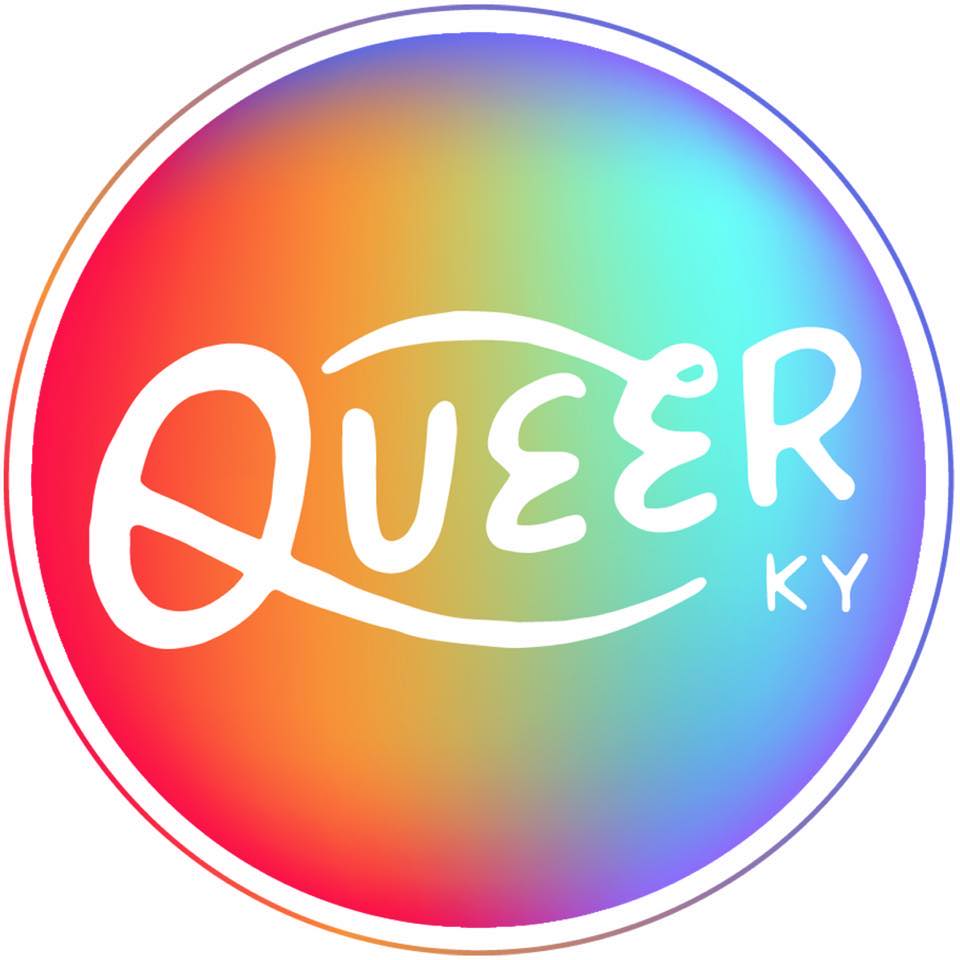
Lance G. Newman II
Artist Profile
Anna Blake
Lance G. Newman II hasn’t let the pandemic slow him down. Riding off of Finding Black Boy Joy, a collection of curated poetry and nearly two decades of his own work presented by Actors Theatre, Newman is preparing for a role as Mercutio in Actors Theatre’s upcoming presentation of Romeo & Juliet, teaching virtual art and poetry workshops with artThrust, and honing his craft as an artist. A self-described introverted extrovert, he could be found creating art spaces across the city before the pandemic, hyping performers both new and old at poetry slams. Newman is a multidisciplinary artist, rejecting the divisions between poetry, prose, and visual art. For Newman, there is nothing more visual than the written word; his influences include Edward Lear and Shel Silverstein, artists whose poetry and illustrations worked in tandem, emphasizing the way that the written word and visual art work together. Combining biting social commentary, word play, social practice, and assemblage, Newman’s work is a practice in resistance, endurance, and pride.
I first met Newman at The Slam at KMAC, which he hosted on a monthly basis. Before the pandemic, it was the city’s longest-running slam. With an infectious energy and enthusiasm, Newman had transformed the space into that of a safe place for radical thoughts, ideas, and an unapologetic resistance to the status quo. This kind of space-making is radical in Louisville, where claims of being a “compassionate city” are challenged everyday by segregation and excessive policing.
A hyper-local critical study of oppression is a focus for Newman as he lets his hands-on knowledge and experience as a Black man inform his work. Discarded materials make up a bulk of Newman’s work; he attributes growing up in Detroit to his interest in rejected consumer objects. He describes his father keeping bags of aluminum cans in the garage to redeem for cash whenever his family wanted to go out to eat. Giving these objects a second life is a form of appreciation for the art and design that contributes to American visual and material culture for Newman. Notably, discarded materials from Black & Mild cigars take center stage in his work today—work like None of Your Beeswax (2019). Filter tips are clustered together to form a honeycomb pattern while the cigar’s “cancer paper” resembles a cluster of honey bees congregating around the hive. Newman sees honeybees—and particularly their domestication —as a parallel to the treatment of Black and Brown bodies under capitalism. The bees, which are moved into an artificial environment, perform work so integral to agriculture that without them, our way of life would be significantly changed. While the beehive becomes a metaphor for present-day segregation and redlining of working class BIPOC, the presence of a major cash crop like tobacco references a displacement unique to the Black experience: that of the African diaspora.
Beware: Westend Bees (2020) takes the concept of None of Your Beeswax further. Images representing Louisville’s Walnut Street become a patchwork of memories referencing the folk art tradition of documenting lived realities, while filter tips of Black & Milds evoke Newman’s metaphorical beehive. Now Muhammad Ali Boulevard, the blocks between Sixth and Thirteenth on Walnut Street were once a bustling hub of Black-owned businesses. By the late 1960s, Urban Renewal initiatives flattened Walnut Street while plans for rebuilding remained unfulfilled. Housing projects replaced economic opportunity and the Ninth Street Divide was established. Beware: Westend Bees tells a story of the past, references the present, and imagines an alternate reality yet to be realized. What if the bees were allowed to exist without creating wealth for others? What if the bees could create wealth for themselves? The bees in question, of course, aren’t literal. They represent the working class, descendents of the African diaspora, and the BIPOC folks whose bodies, labor, and land are exploited for profit.
Imagined realities are present in Victory Park Thriller (2020). A bejeweled, disembodied hand flashes the Victory Park Crips sign, a Louisville gang that, as Newman explains, started as a way for the community to help itself. Referencing Micheal Jackson’s signature glove, Newman presents the viewer with a question: What if Michael Jackson was in a gang? A larger question is raised: What if Michael Jackson didn’t pander to whiteness? What if his vitiligo didn’t render him white-passing later in his life? Blackness in pop culture is further explored in Wop before you Pop (2018): Little Richard and his band are collaged in a field of browns, the negative space between their bodies filled with Black & Mild packaging. The phrase “black and mild” isn’t just a reference to the material, but a commentary on mainstream Blackness, or rather, the lack thereof.
Newman’s work combines recurring themes of societal critique, revisionist history, and enduring identity. He is inspired by the Block Universe Theory, a theory that the past, present, and future exist simultaneously. According to the Block Universe Theory, the passage of time is an illusion, a way that our brains try to make sense of the phenomena around us. Referencing the past to inform the future, Newman is manifesting real change through creative space-making, radical performance, and assemblage art.
-
Lance G. Newman II lives and works in Louisville, Kentucky. He will be in Actors Theatre’s Romeo & Juliet from February 1, 2021 through May 31, 2021. He can be followed on Facebook here and followed on Instagram under @mr.spreadlove.
-
10.2.20
Anna Blake
Contributor to Ruckus

Portrait of Newman. All photos courtesy of the artist.

Detail of Wop before you Pop (2019)
.

Detail of Beware: Westend Bees (2020).

None of Your Beeswax (2019)
.







